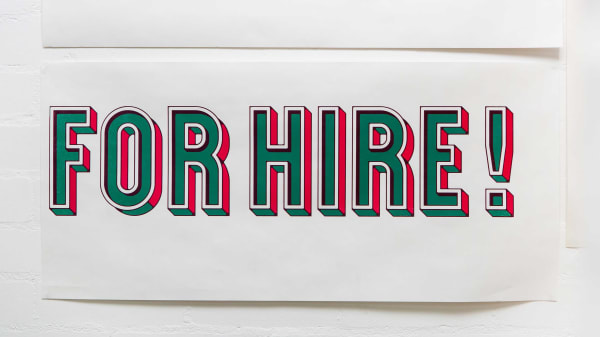A professional portfolio is a curated collection of work that demonstrates your creativity, skills and ability.
You may want to produce an online portfolio and/or a printed portfolio; either way it’s worth spending time on presenting it well.
Getting the most from your professional portfolio
Top 5 professional portfolio tips
- Be selective – it’s better to have a few high quality pieces than lots of work that is just okay.
- Take professional photos that show your work at its best.
- Avoid busy backgrounds that could detract from your work.
- Look at the portfolios of companies you admire for inspiration.
- Keep your portfolio up-to-date with your latest work.
Creating an online portfolio
Most creative employers will expect to see examples of your work online. An online portfolio might take the form of a website or showreel that you can link to in job applications and emails.
Structure
An online portfolio should contain examples of your work plus these 3 pages:
- Home – this is the first page visitors will see when they land on your site so use strong images and engaging text.
- About – provide information on your background, experience and creative practice. Don’t be afraid to promote yourself.
- Contact – this should include your email address, any professional social media channels and potentially your mobile number.
Content
- Don’t feel like you need to include everything in your portfolio. As your career develops, the content of your online portfolio will grow.
- Put your best work at the beginning. Use a small amount of quality content but make sure you show the breadth of your skills.
- Include titles and descriptions of work but keep them brief and meaningful.
Promotion
Once you’ve built your online portfolio:
- Link to it from your CV, cover letters, LinkedIn page and professional social media accounts.
- Add it to your email signature and email it out to your contacts.
- Add it to your business cards and printed promotional materials.
- Link to your professional social media accounts from your portfolio site.
- Create a free profile on UAL’s portfolio platform to connect with peers from across the university.
- Consider creating a profile on The Dots or Behance to help you connect with individuals/companies you admire.
Creating a printed portfolio
Printed portfolios are a great way of taking your work along to interviews and meetings.
Think carefully about the format of your portfolio and be creative. For example, if you are looking for graphic design work you might consider presenting your work as a magazine or book.
Content
- Adapt the content to appeal to the employer or client you are meeting.
- Put your best work at the beginning and think carefully about what you put last, as this might be what people remember most clearly.
- Try to include samples of your process such as sketches to show how your ideas have developed.
Where relevant, include samples of the materials you intend to use for the final product.
Resources
- Download our Portfolio learning guide (PDF 196KB)
- Create a profile on UAL’s Portfolio platform
Useful links
Related content
-

Su Kizilagac, MA Games Design, LCC. Photo by Alys Tomlinson.
How to write a CV
Read our tips on how to write and structure a standard CV when applying for jobs.
-

Process photography, LCC. Photo by Lewis Bush
How to write a cover letter
If you’re applying for a job you’ll need to write a cover letter to accompany your CV. Read our advice on how to write a cover letter.
-

Creative Enterprise Week 2017. Photo by Damian Griffiths.
View our programme of events
We run over 150 events each year to support UAL students with their creative careers and businesses.